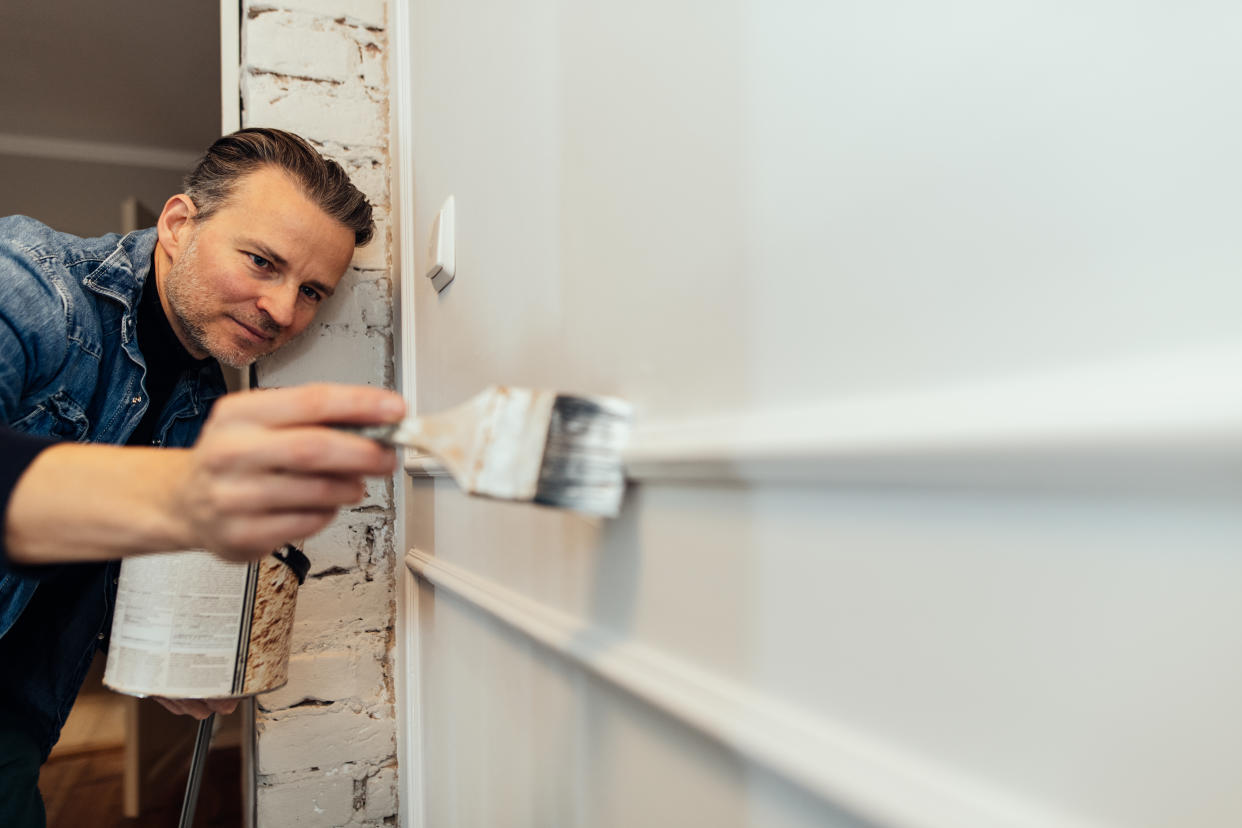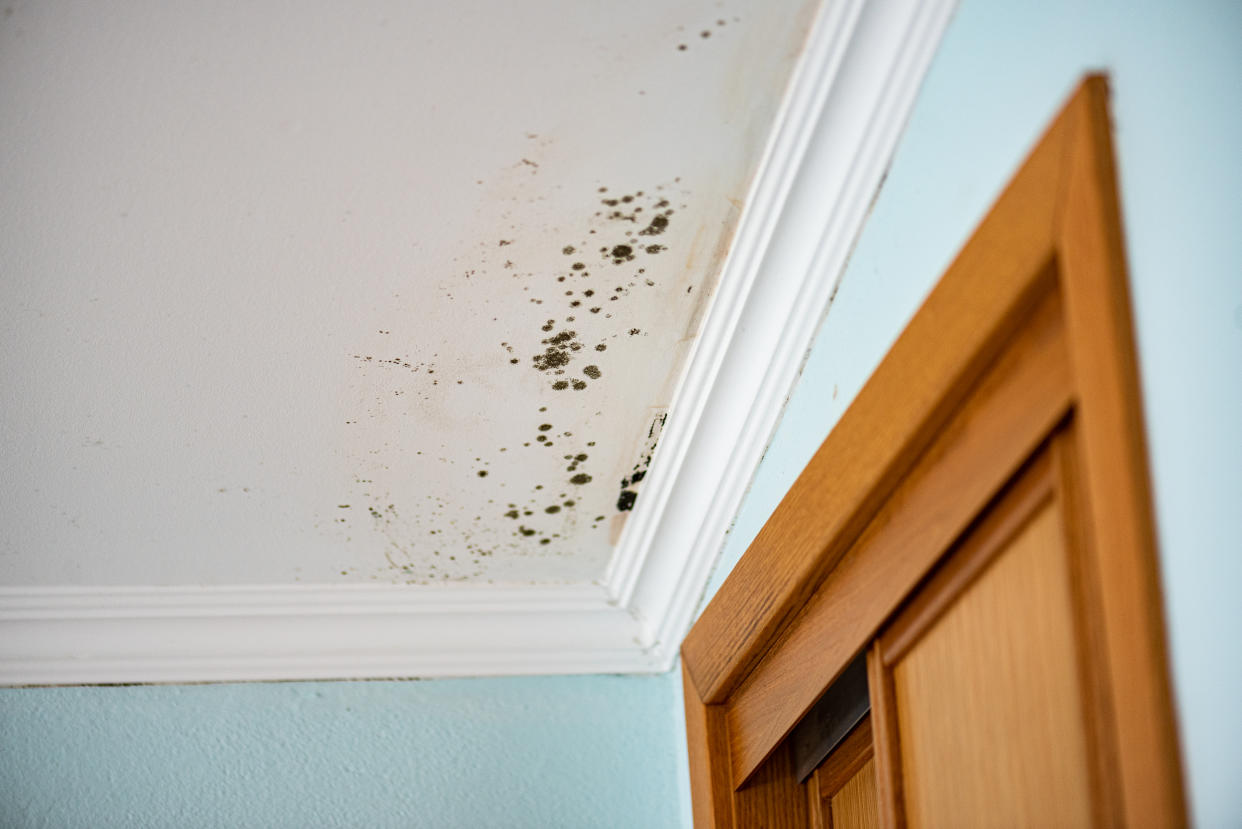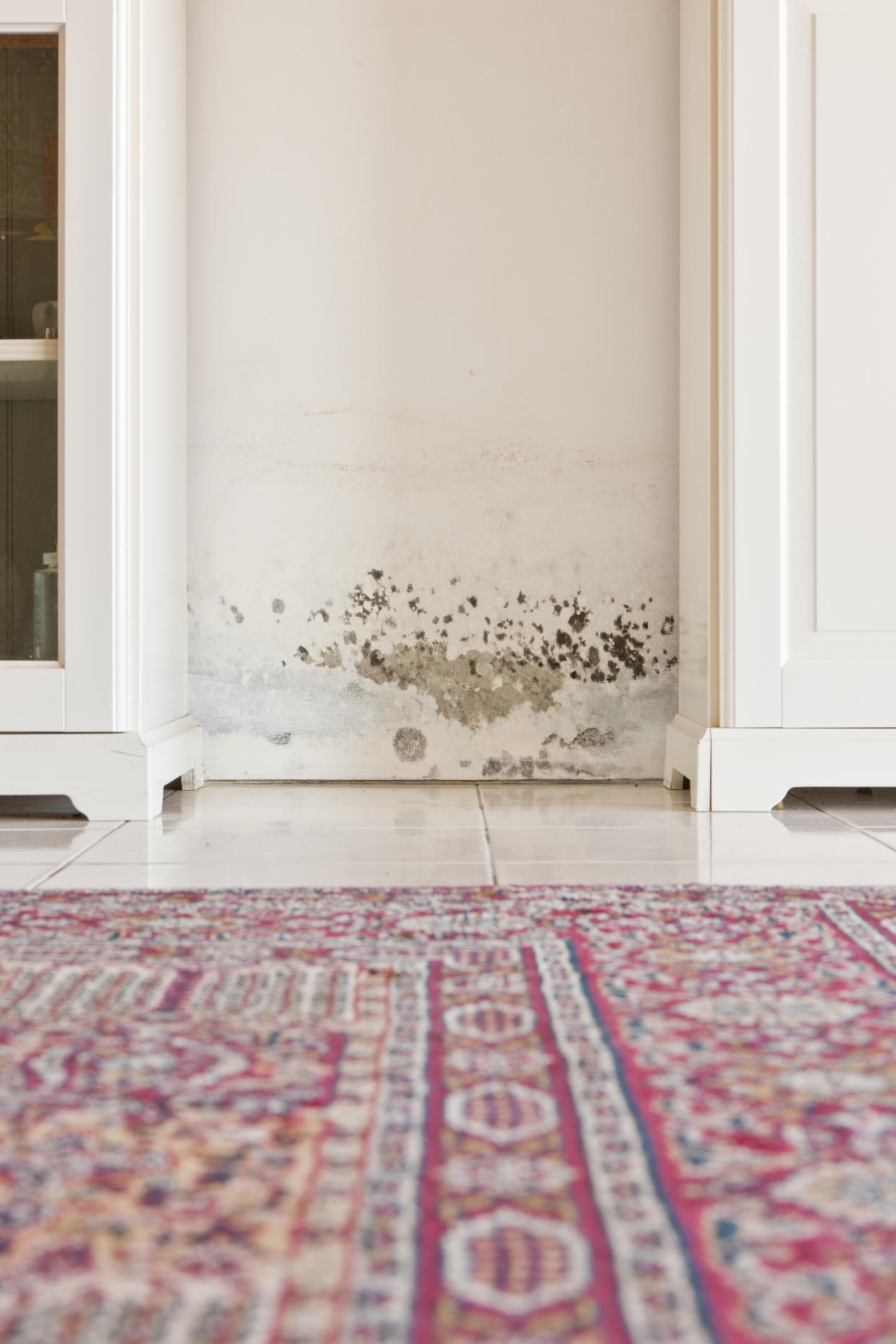Expert warns why you should never paint over mould in your home

Mould in the home is, unfortunately, an all too common problem in the UK. In fact, the most recent government data suggests that about 904,000 homes in England have damp problems, which equates to 11% of rented properties and 2% of owner-occupied homes.
Which is why it can be tempting to try and get rid of the problem with a lick of paint to cover it up.
New data from The Paint Shed found that this question, ‘can you paint over mould?’, is one over 700 people are searching for each month online.
However, an expert has warned that this could lead to implications for both your health and your home.
"Painting over mould does not get rid of the problem, it only temporarily hides it," Michael Rolland from The Paint Shed explains. "Mould spores can penetrate through paint, leading to continued growth beneath the surface. If left unchecked, this can reportedly lead to respiratory issues, allergies, or even trigger asthma attacks.
"It’s not just your health you need to watch out for, though. Painting over mould can cause structural damage to the affected area."

How mould affects the home
Rolland adds that mould can weaken surfaces over time, which can lead to the deterioration of walls, ceilings, and other structures.
"Ignoring the underlying issue of mould growth can result in costly repairs later down the line that could cost you hundreds of pounds to fix," he adds.
"It's crucial for homeowners to understand that mould thrives in moist environments, often indicating underlying moisture problems such as leaks or inadequate ventilation. Simply covering up mould with paint does not address the root cause. If you don’t deal with it head-on you’re only allowing it to spread to other areas of your home."
Can I use anti-mould paint instead?
Anti-mould paint should only be used when the mould problem has been completely dealt with.
"While anti-mould paint may prevent future mould growth, it's not something to turn to when it comes to dealing with existing mould," Rolland says.
"Applying anti-mould paint over existing mould may not fully eradicate the issue, as mould can persist beneath the surface and continue to pose health risks. Properly dealing with the underlying moisture issues (and possibly even consulting with a professional mould specialist) is essential to solve your mould problem."

How to get rid of mould in the home
Rolland advises that to effectively get rid of mould, you first need to address the underlying causes.
"Firstly, ensure your home is well-ventilated by opening windows regularly to allow airflow, especially in high-moisture areas like the kitchen and bathroom. Use dehumidifiers in damp areas to reduce moisture levels in the air. When cleaning mould, wear protective gear such as gloves and a mask to avoid inhaling spores," he says.
"For non-porous surfaces, a solution of one part bleach to three parts water can be effective. Apply the solution, let it sit for 10 minutes, and then thoroughly rinse and dry the area.
"For porous surfaces, however, consider using a mixture of vinegar and water, as bleach can damage these materials."
Long-term solutions, however, involve fixing leaks, improving insulation, and ensuring the home’s exterior is properly maintained.
"If mould coverage is extensive or if health concerns arise, seek professional help," he adds. “It might not be a DIY solution, but it will be better for your home and your health in the long run."
Health: Read more
How a mouldy home can impact your gut health (Yahoo Life UK, 3-min read)
Almost a third of UK living in mouldy or damp homes (Sky News, 3-min read)
Young people who work 9-5 have better long-term health, study finds (Yahoo Life UK, 4-min read)


